10 Small French Towns That Deserve More Attention
France is full of famous places that make it onto every itinerary. But tucked between the big-name stops are smaller towns with just as much to offer, minus the crowds and noise.
The towns below won’t show up on most “must-see” lists, but they’re real gems for travelers who want atmosphere, history, and local life.
These towns may not be worth a special trip across the country, but if you’re anywhere nearby, they offer a richer, more intimate experience than many well-known spots. They leave a strong impression on travelers who make the effort.
1. Salers (Cantal, Auvergne)
Salers is deep in the Auvergne, which means few international tourists, but its architecture and setting are jaw-dropping. It feels untouched.
It sits at 950 meters above sea level, with stone houses, carved wooden doors, and narrow cobbled streets that haven’t changed much in centuries.
The whole village is built from dark volcanic rock, giving it a distinct look. From the ramparts, you get panoramic views over the green volcanic landscapes of the Cantal mountains.
Local cheese and beef, both named after the town, are also part of the draw.
2. Uzerche (Corrèze, Nouvelle-Aquitaine)
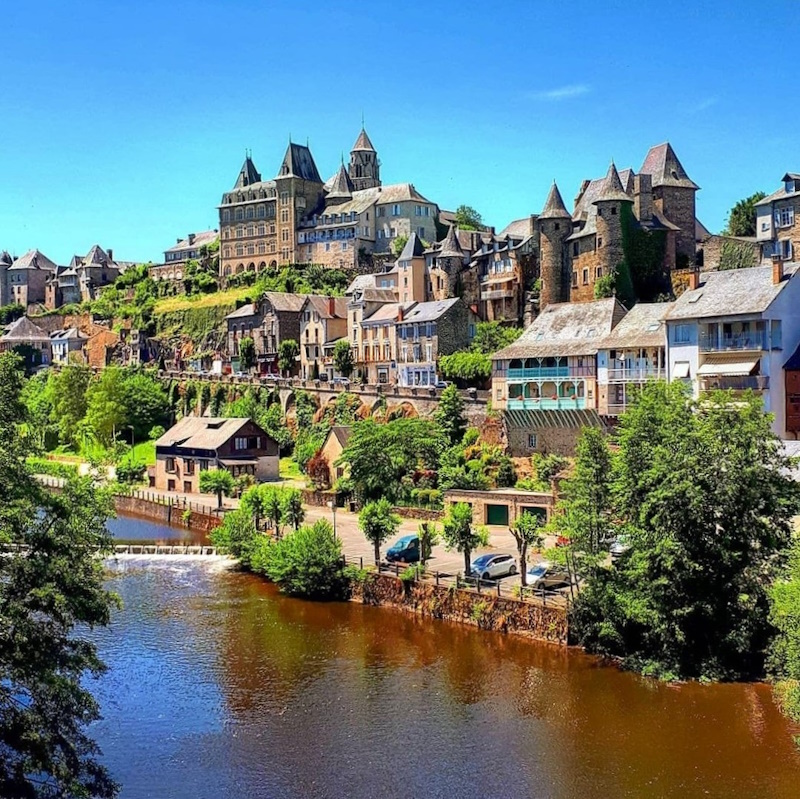
Uzerche is like a forgotten fairytale town, perched over a river with beautiful bridges and towers. Yet it rarely makes it into guidebooks.
The town is set on a loop of the Vézère River, which creates natural defenses and photo-worthy angles.
You can stroll across the Pont Turgot, a stone bridge from the 17th century, and climb up toward the Saint-Pierre Abbey. Many of the towers and manors date back to the Renaissance.
There’s also an easy riverside walk below town and a few small cafés that keep things simple and relaxed.
3. Oingt (Rhône, Auvergne-Rhône-Alpes)
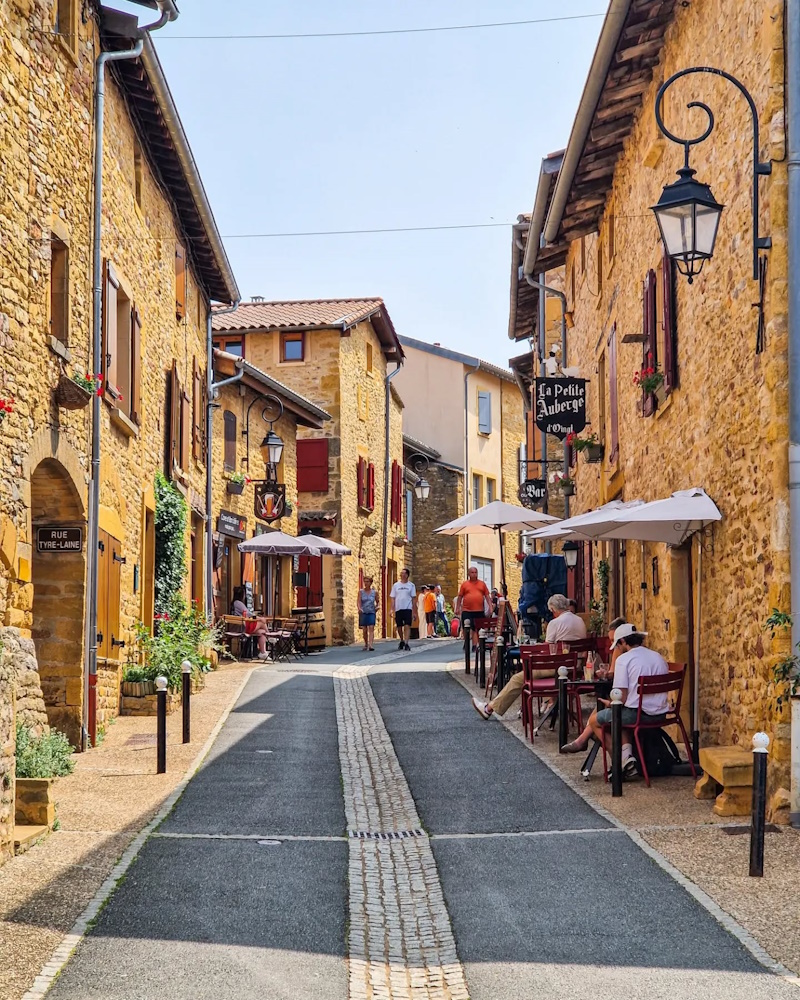
Oingt is less than an hour from Lyon but barely known to foreign tourists. The golden stone and vineyard views give it the atmosphere of Provence without the price or crowds.
It’s officially one of the Plus Beaux Villages de France, and it’s part of the Beaujolais wine route.
The yellow-gold limestone used in its buildings gives the whole village a warm glow at sunset.
You can walk the whole place in 15 minutes, but take your time – it has a small Romanesque chapel, panoramic hilltop views, and a few artisan shops that sell local ceramics and wine.
4. Semur-en-Auxois (Côte-d’Or, Burgundy)
Semur-en-Auxois looks like something from a fantasy novel. Its ramparts and towers are stunning and photograph beautifully.
The Armançon River wraps around the town and creates a moat-like valley. From the Pont Joly bridge, you get the postcard view of stone towers and red roofs above the cliffs.
The upper town has medieval streets, a Gothic church, and small museums, including a local art and history collection.
It’s also close to Flavigny-sur-Ozerain, a tiny medieval village in Burgundy known for its anise candies and as the filming location for Chocolat, and the UNESCO-listed Fontenay Abbey. This all makes Semur-en-Auxois a good stop on a Burgundy road trip.
5. Lectoure (Gers, Occitanie)
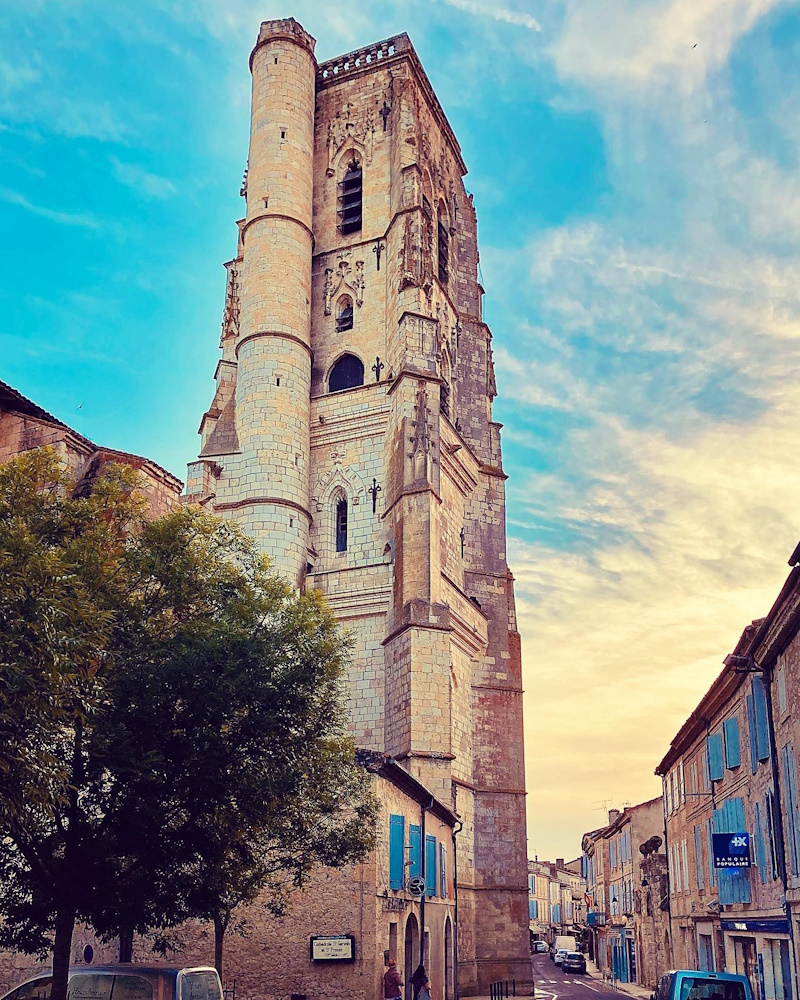
Lectoure offers a softer, more lived-in charm compared to others. It’s not about ticking sights off a list.
The town is perched on a ridge with long views over the surrounding hills and sunflower fields. The main draw is the thermal spa set inside an old hospital building, with natural hot springs and a relaxing atmosphere.
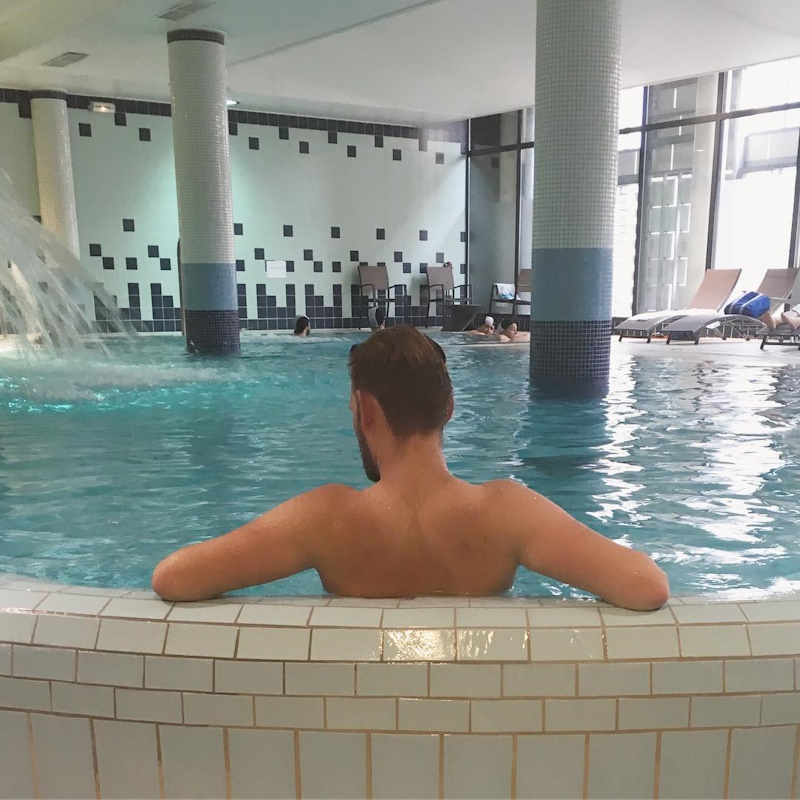
There’s also a 12th-century cathedral, several antique dealers, and a lively market on Friday mornings.
Lectoure is on the route of the Santiago de Compostela pilgrimage, so it has a mix of locals, hikers, and quiet energy.
Brousse-le-Château (Aveyron, Occitanie)
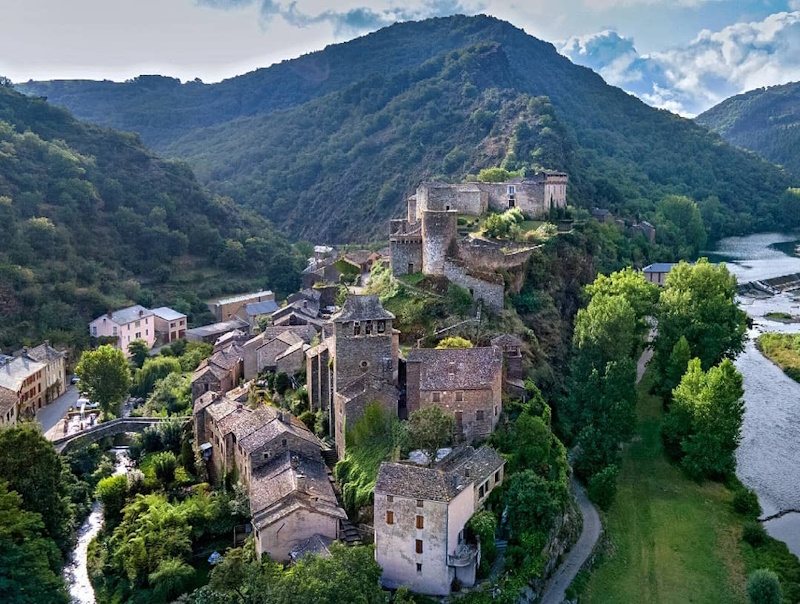
Brousse-le-Château is minuscule, but its setting is cinematic. If you’re driving through Aveyron, this is a no-brainer stop.
The village is dominated by a 9th-century fortress that looms above the Tarn River. A medieval bridge leads into the village, where you’ll find just a handful of stone houses, steep lanes, and one or two restaurants with river views.
There’s not much to do, which is part of the appeal. It’s a place to stop, walk around, take pictures, and maybe eat lunch before continuing deeper into rural Aveyron.
Barfleur (Normandy)
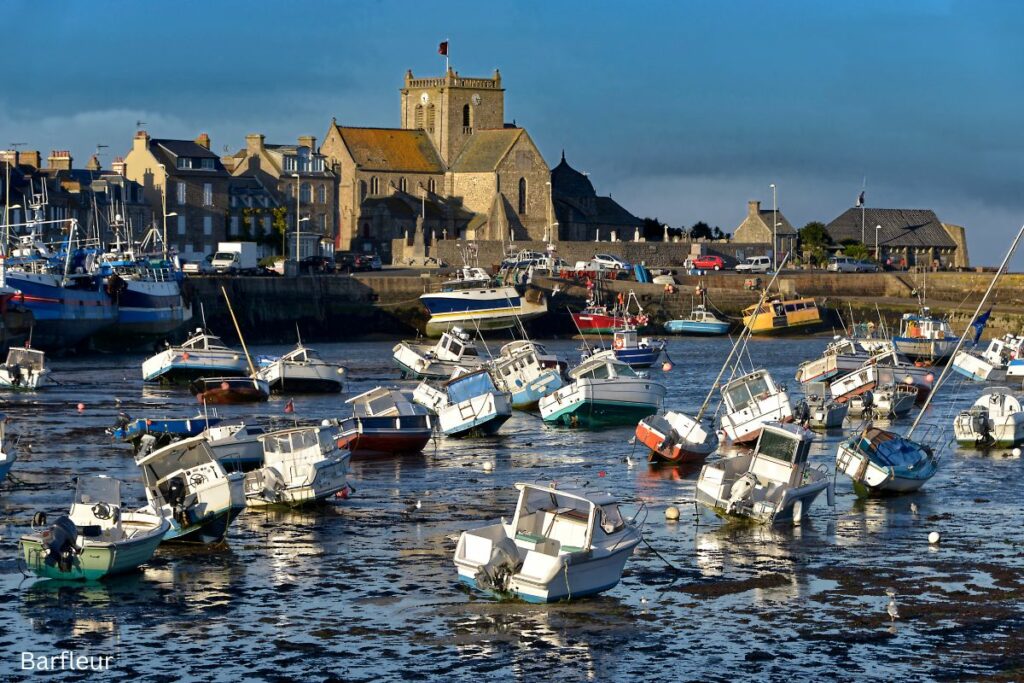
Barfleur gives you Normandy’s maritime history without the D-Day crowds. You can eat fresh seafood right at the harbor.
This fishing village on the Cotentin Peninsula offers granite houses, salty wind, and a slow pace. It was once one of the most important ports in the English-Norman world – William the Conqueror sailed from here in 1066.
Today, you’ll find small boats in the harbor, mussels and oysters on the menu, and a lighthouse you can visit nearby (Gatteville).
It’s a great detour if you’re heading to Cherbourg or the northern beaches.
Eus (Pyrénées-Orientales, Occitanie)
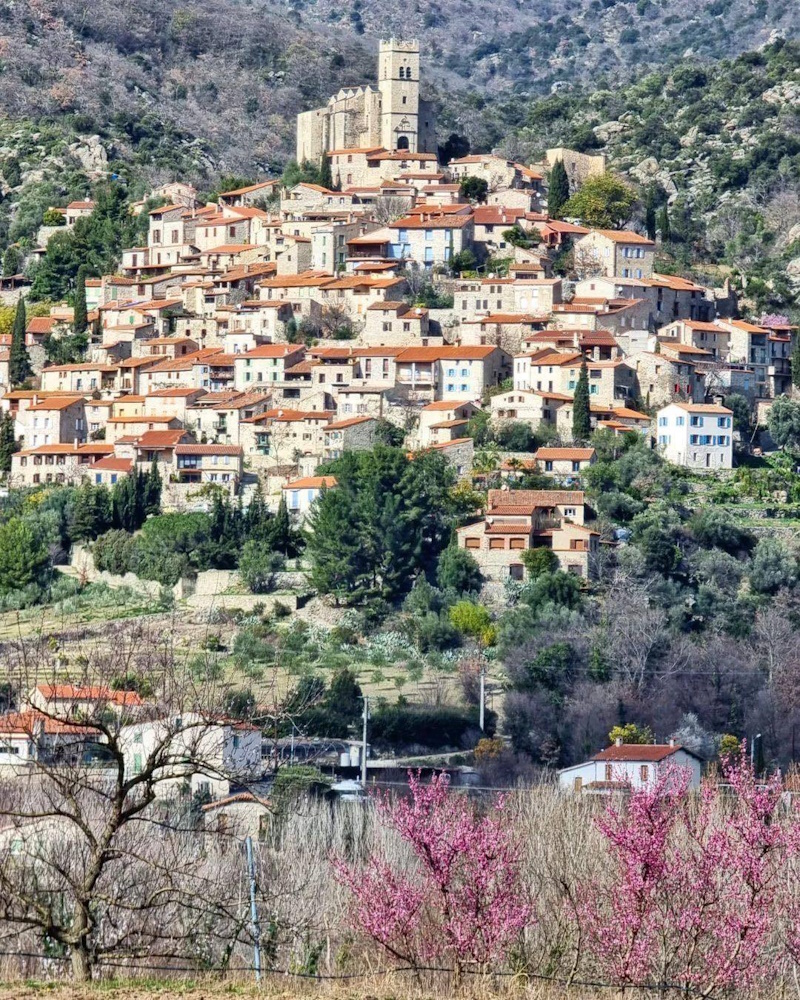
Eus is a hilltop village with wide mountain views and steep cobbled lanes – stunning to see, easy to explore, and still surprisingly low on foreign tourist radar.
It sits between Prades and the Canigou mountain, with layers of stone houses climbing up to the old church at the top.
Most visitors arrive by car, park at the base, and walk up slowly through narrow alleys and artist studios.
From the top, you get open views over the Roussillon plain and beyond to the Mediterranean. There’s not much to do, but that’s part of the charm: have a drink at the lone café, browse the small galleries, and enjoy the silence.
Eus feels lived-in but timeless, and it’s just minutes from other sights like Villefranche-de-Conflent and the Yellow Train route.
Yvoire (Haute-Savoie, Auvergne-Rhône-Alpes)
Yvoire is close to Geneva but feels like a medieval lakeside postcard. It’s touristy, but more with Swiss day-trippers than global tourists.
The village is carefully preserved, with cobbled lanes, flower-covered balconies, and a medieval castle facing Lake Geneva.
You can take a short boat ride across the lake, visit the Jardin des Cinq Sens (a sensory garden in the old vegetable plot), or just walk along the water with ice cream.
It’s popular on weekends, but early mornings and weekdays are still quiet.
Martel (Lot, Occitanie)

Martel is authentic southwest France: great food, market culture, and medieval streets — without Rocamadour’s busloads of tourists.
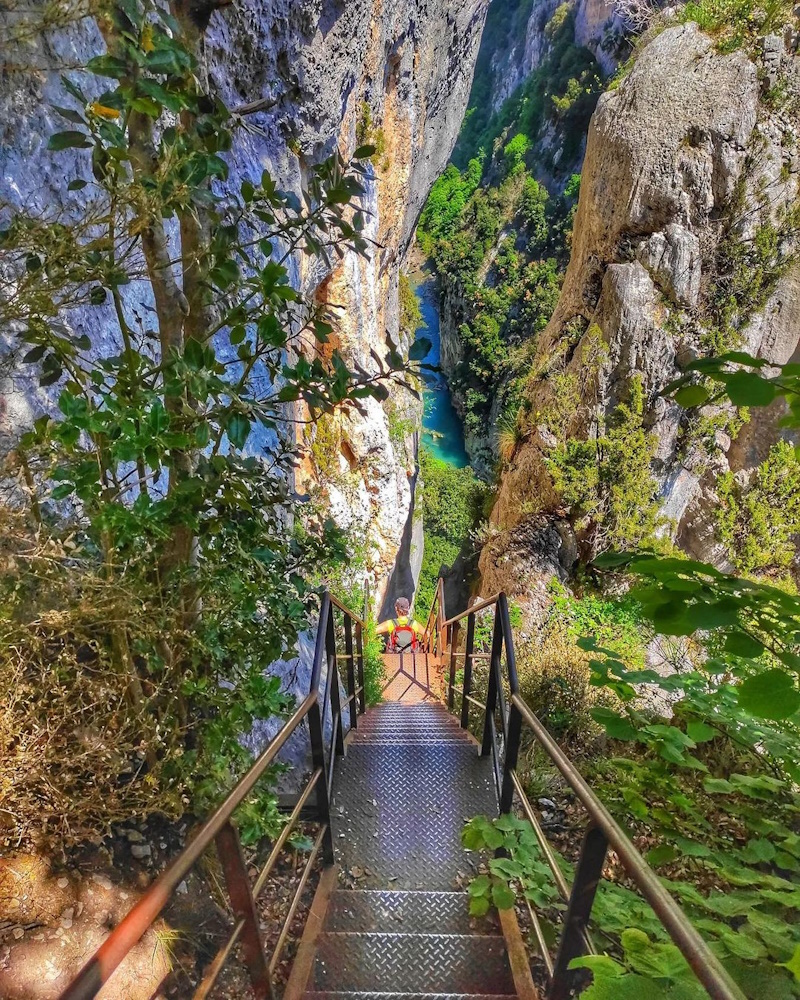
Seven towers give the town its nickname, and they rise above a tight-knit center filled with stone arcades and old merchant houses.
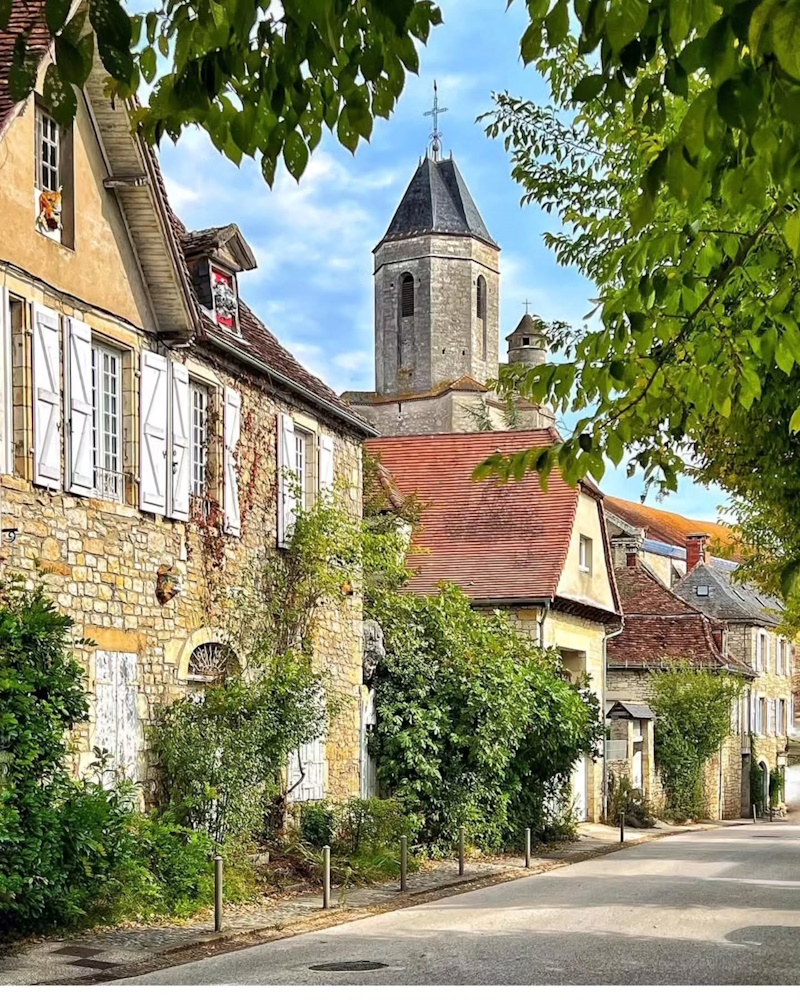
There’s a famous market under a timber-framed hall, a small train that takes you on scenic rides along the cliffs, and several good regional restaurants.
It’s a smart base for visiting Rocamadour, the Dordogne Valley, and Gouffre de Padirac – with better prices and fewer crowds.
